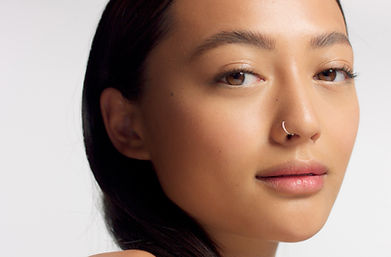
Face

Blepharoplasty
Brow lift
Face lift
Neck lift
Prominent ear correction (Otoplasty)
As we age there are various changes that occur in the skin, fat and bones of the face. The skin like other organs in the body begin to wear out as we age. The skin loose elasticity and hydration which leads to dry saggy skin, fine lines and wrinkles. There are various non-surgical techniques that can have some benefits in the skin but more significant changes do require surgery.
Blepharoplasty (eyelid lift) and brow lift
Droopy eyelids often occur as the skin loses elasticity as we age. The skin on the eyelid rests and pushes on the lashes making them feel heavy and sometimes this can cause eye irritation and visual field loss. It is important to assess the brow position and muscle function in the forehead to determine the correct procedure required, and important to examine for eyelid ptosis which could be subtle and missed. The most suitable procedure may involve just the eyelid, or a combinated approach of the of eyelid and brow.
Facelift / neck lift
In face and neck lift surgery it is important to improve the underlying support for the skin by redistributing and tightening the muscle and redistributing the ligamentous attachments rather than tightening the skin itself. The excess skin should be removed without any tension to ensure optimal scars and to maintain a natural looking appearance. Fat grafting may also be used to restore volume and improve skin quality.
Otoplasty (prominent ear correction / ear reduction)
The curves and folds in the cartilage help form the shape of the ears. Sometimes the curves are flatter and the top of the ear is more prominent, or parts of the cartilage/ear may be disproportionately large. Surgery can be performed to alter the shape of the cartilage to reduce the prominence, or to reduce the size of part of the ear to create more balance. Surgery should be wait until around 6 years of age to allow the strength of the cartilage to increase, and for the ear to grow.
If abnormal shapes in the cartilage are noticed shortly after birth, the cartilage is still soft due to the mother’s hormones that are still circulating that the baby. Ear splinting, if done in the first few weeks after birth can improve the shape of the cartilage without surgery.
